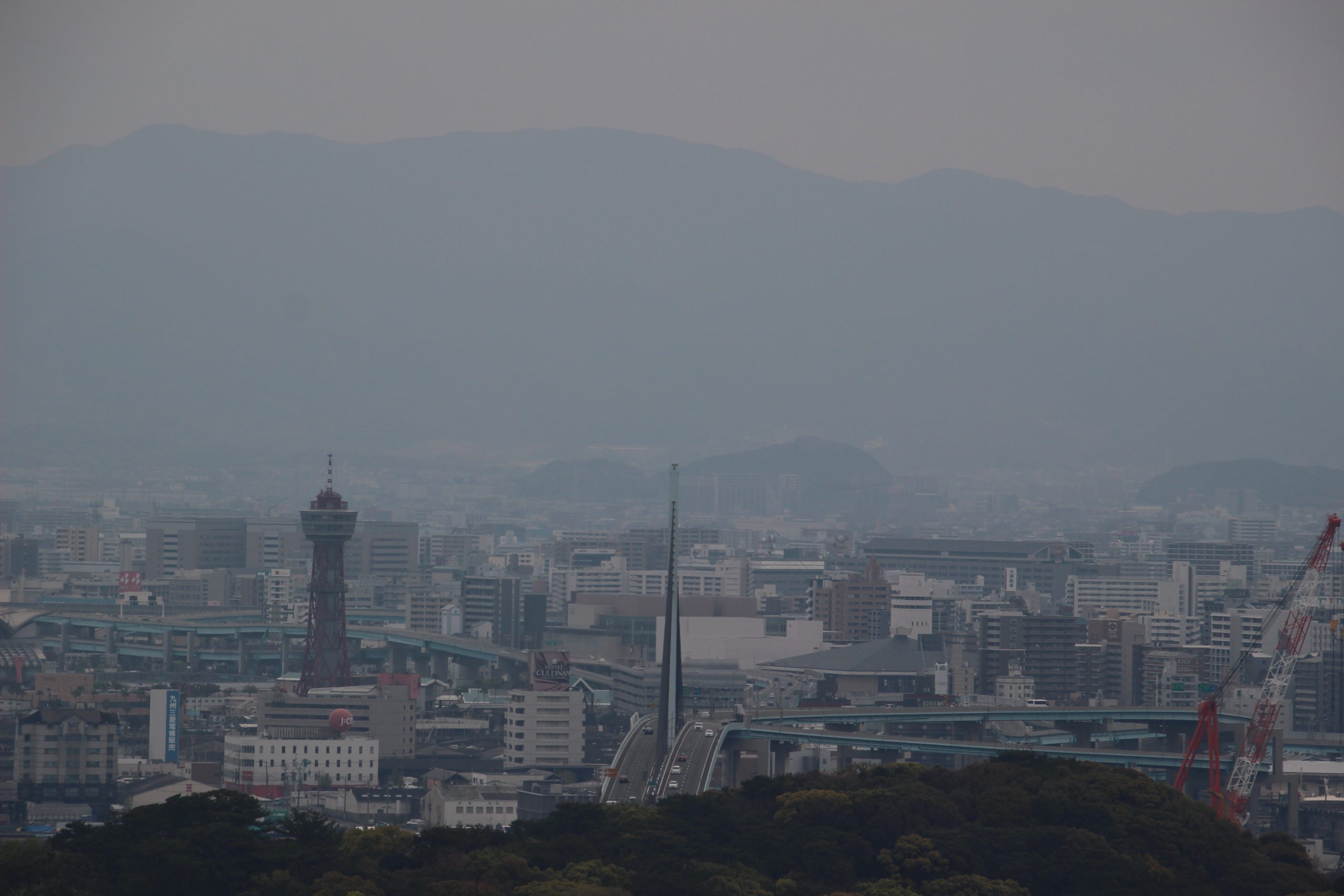03
Dec
Kathmandu and Pollution’s Impact on Skin Health
Introduction Kathmandu, the capital city of Nepal, faces significant pollution challenges. With rapid urbanization, increasing vehicular emissions, and industrial activities, the city’s air quality has deteriorated, posing risks to residents’ skin health.
Pollution Sources in Kathmandu
- Vehicular Emissions: High traffic volumes release large amounts of particulate matter (PM), nitrogen oxides (NOx), and sulfur dioxide (SO2).
- Industrial Activities: Factories and brick kilns contribute to air pollution with chemicals and heavy metals.
- Construction Dust: Ongoing construction projects increase dust and particulate matter in the air.
Impact on Skin Health
- Oxidative Stress: Pollutants generate free radicals, causing oxidative stress and damaging skin cells.
- Inflammation: Exposure to pollutants triggers inflammatory responses, leading to redness, irritation, and skin disorders.
- Premature Aging: Chronic exposure to pollution accelerates skin aging, resulting in wrinkles, fine lines, and loss of elasticity.
- Hyperpigmentation: Pollution can cause uneven skin tone and dark spots.
- Acne and Dermatitis: Pollutants clog pores, exacerbating acne and causing dermatitis.
Protective Measures for Skin
- Daily Cleansing: Cleanse the skin regularly to remove pollutants and impurities.
- Antioxidant Skincare: Use products with antioxidants (vitamins C and E) to combat free radicals.
- Barrier Protection: Apply moisturizers to strengthen the skin barrier.
- Sunscreen: Use broad-spectrum sunscreen to protect against UV radiation and pollution.
- Diet and Hydration: Maintain a diet rich in antioxidants and stay hydrated to support skin health.
Conclusion Kathmandu’s pollution presents significant challenges to skin health. By adopting protective skincare routines and making lifestyle adjustments, residents can mitigate the adverse effects of pollution on their skin.




